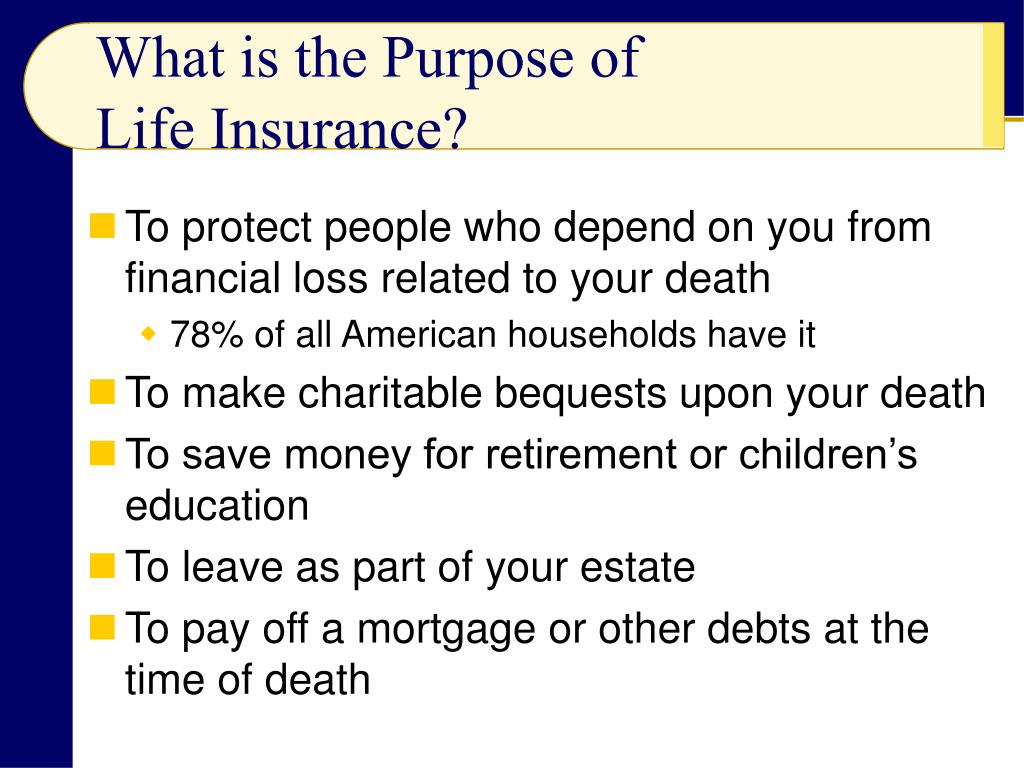Pacific Prime for Beginners
Table of ContentsThings about Pacific PrimeThe Ultimate Guide To Pacific PrimeA Biased View of Pacific PrimeTop Guidelines Of Pacific PrimeGetting My Pacific Prime To Work

This is due to the fact that the data were accumulated for a period of strong financial performance. Of the estimated 42 million people that were uninsured, all but about 420,000 (regarding 1 percent) were under 65 years old, the age at which most Americans come to be qualified for Medicare; 32 million were grownups in between ages 18 and 65, around 19 percent of all adults in this age group; and 10 million were kids under 18 years old, concerning 13.9 percent of all children (Mills, 2000).
These quotes of the variety of individuals uninsured are generated from the yearly March Supplement to the Current Population Study (CPS), conducted by the Census Bureau. Unless otherwise noted, national quotes of people without wellness insurance coverage and percentages of the populace with different type of coverage are based on the CPS, the most commonly made use of source of estimates of insurance protection and uninsurance rates.
The Main Principles Of Pacific Prime

Still, the CPS is particularly beneficial since it creates annual estimates fairly swiftly, reporting the previous year's insurance coverage approximates each September, and due to the fact that it is the basis for a regular collection of quotes for more than 20 years, enabling evaluation of patterns in protection in time. For these reasons, in addition to the extensive use the CPS in various other studies of insurance policy coverage that are offered in this record, we depend on CPS quotes, with limitations kept in mind.

The quote of the variety of uninsured people increases when a population's insurance condition is tracked for several years. Over a three-year duration beginning early in 1993, 72 million individuals, 29 percent of the united state populace, were without coverage for at the very least one month. Within a single year (1994 ), 53 million people experienced at the very least a month without coverage (Bennefield, 1998a)
6 out of every 10 uninsured adults are themselves used. Working does enhance the possibility that one and one's household members will certainly have insurance policy, it is not an assurance. Also participants of households with 2 full time breadwinner have nearly a one-in-ten chance of being without insurance (9.1 percent uninsured price) (Hoffman and Pohl, 2000).
An Unbiased View of Pacific Prime
New immigrants account for a significant proportion of Go Here people without medical insurance. One analysis has connected a substantial portion of the current development in the size of the U.S. uninsured populace to immigrants who showed up in the nation in between 1994 and 1998 (Camarota and Edwards, 2000). Current immigrants (those who involved the United States within the past four years) do have a high rate of being uninsured (46 percent), however they and their children account for just 6 percent of those without insurance coverage across the country (Holahan et al., 2001).
The connection between medical insurance and access to care is well developed, as recorded later on in this phase. The partnership in between health and wellness insurance coverage and wellness results is neither straight neither straightforward, a comprehensive professional and wellness solutions research study literary works links health and wellness insurance coverage to better access to care, better top quality, and improved personal and population health and wellness standing.
Degrees of evaluation for taking a look at the effects of uninsurance. It concentrates particularly on those without any kind of health and wellness insurance for any length of time.
Pacific Prime Things To Know Before You Get This
The issues faced by the underinsured are in some respects similar to those faced by the uninsured, although they are usually less severe. expat insurance. Uninsurance and underinsurance, nevertheless, include definitely various policy issues, and the strategies for addressing them may differ. Throughout this study and the 5 records to follow, the main emphasis gets on persons with no wellness insurance and hence no aid in spending for health and wellness care past what is available via charity and safeguard establishments
Health insurance is an effective aspect impacting invoice of treatment since both clients and physicians react to the out-of-pocket price of solutions - https://www.gaiaonline.com/profiles/pacificpr1me/46638741/. Medical insurance, nevertheless, is neither needed neither adequate to access to medical solutions. The independent and straight result of health insurance coverage on access to health solutions is well developed.
Others will get the health care they require even without medical insurance, by spending for it out of pocket or seeking it from suppliers who supply treatment free or at extremely subsidized rates. For still others, wellness insurance alone does not make certain receipt of treatment due to other nonfinancial obstacles, such as a lack of healthcare companies in their community, restricted access to transport, illiteracy, or linguistic and cultural distinctions.
More About Pacific Prime
Formal research regarding without insurance populaces in the United States dates to the late 1920s and very early 1930s when the Board on the Price of Medical Care created a series of records about financing doctor workplace gos to and hospital stays. This issue ended up being prominent as the varieties of clinically indigent climbed up during the Great Anxiety.